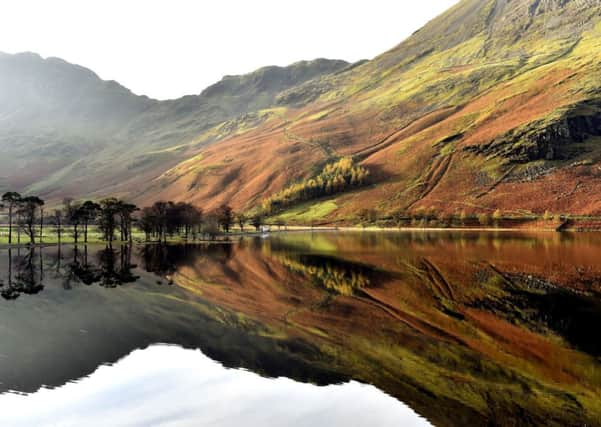Julian Woolford: Our national parks at the crossroads


The Act came about as a result of strong public support, driven forward by the Campaign for National Parks, and led to the creation of the first 10 in the 1950s, often owned by landowners with large private estates.
Six decades later there are 15 in England, Wales and Scotland, covering more than 22,500 sq km, with the purpose “to conserve and enhance the natural beauty, wildlife and cultural heritage of the area”.
Advertisement
Hide AdAdvertisement
Hide AdNational parks are undeniably popular: 90 million people visit them in England each year, spending more than £4bn and surveys have shown that nearly 90 per cent of people feel they were important to the countryside.
Yet, 65 years on, our finest landscapes face some of the largest challenges since they were created. Since 2010, National Park Authorities have suffered a 30-40 per cent cuts in real terms and are facing a further raft of budget reductions in 2015/6.
These cuts have put a huge strain on resources for park authorities and are beginning to have a direct effect on footpaths and bridleways, wildlife and biodiversity and information available to visitors.
Much of our society has had to deal with cuts during the economic downturn. National parks have responded by taking a more aggressive commercial approach to income revenues – charging developers for either pre-application planning advice or through Planning Performance Agreements.
Advertisement
Hide AdAdvertisement
Hide AdThey are establishing National Park Enterprises as a fundraising vehicle for the collaborative benefit of all parks and have set up new partnerships with business and the Third Sector to try and reap the rewards offered by the Heritage Lottery Fund and other grants.
But as well as digging deep in to financial reserves, national parks have had to make staff redundant, stop subsidised public transport initiatives and reduce support for apprenticeships. Car-parking charges have had to be introduced or increased and staffing at tourist information centres severely scaled back.
The Government’s intense focus on promoting economic growth is also threatening the future of our national parks.
Earlier this month, the Government launched its Road Investment Strategy, which proposes a number of schemes in national parks– including the Peak District, South Downs and Broads– even though this is completely contrary to Government policy on road building.
Advertisement
Hide AdAdvertisement
Hide AdThe Government’s own Vision and Circular says: “There is a strong presumption against any significant road widening or the building of new roads through a park, unless it can be shown there are compelling reasons for new or enhanced capacity and with any benefits outweighing the costs very significantly. Any investment in trunk roads should be directed to developing routes for long-distance traffic which avoid the parks.”
Yet we have proposals for new schemes including the dual-carriageway Mottram Moor link road, the A57 link road, dualling of the A61 and additional lanes on the A628 – all affecting the Peak District National Park.
Similarly, the North York Moors National Park Authority is grappling with an application from York Potash for the largest potash mine in Europe. Developments of this scale are only allowed in national parks when they can be demonstrated to be in the public interest.
Our manifesto for the next Westminster government calls for three key actions: to strengthen the protection for national parks; to ensure a fair share of resources for parks and to increase sustainable public access. Government needs to support these calls and stop the death of national parks by a thousand cuts.
Advertisement
Hide AdAdvertisement
Hide AdSo this, new year, do get out and enjoy the wonderful features of Malham Cove, Ingleborough Caves and the Ribble Viaduct in the Dales and Dalby Forest and Robin Hood’s Bay in the North York Moors. Spend some money to help rural businesses, join the fantastic Yorkshire Dales Society, Friends of the Peak District or North York Moors Association and write to your MP to urge politicians to stop the cuts that threaten to ravage further our jewels in the crown.
* Julian Woolford is chief executive of the Campaign for National Parks. Go to www.cnp.org.uk for further information.